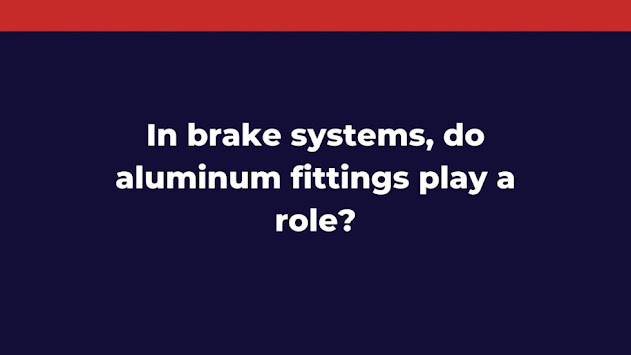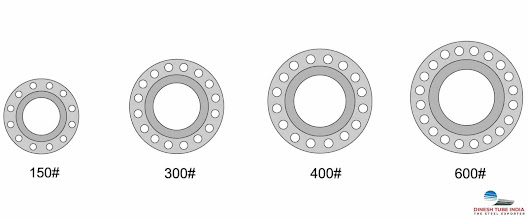Aluminum fittings in brake system?
What is the best way to replace brake lines?
1. Find the leak and fix the faulty line.
If you replace brake line, the line can also be cut off and a socket inserted. Don’t bend the existing shape too badly as we’ll be using it after removing the lines. The next step is to remove the line from the master cylinder going to the driver’s side. To prevent any fluid from dripping, keep a rag handy.
2. Bending the New Line
Depending on the material, you can buy a length or a roll of replacement lines. Copper is easier to work with, corrosion resistant, but can work harden or fatigue more easily. Steel on the other hand is susceptible to corrosion so coatings are applied such as an epoxy or zinc.
3. The line should be cut to size
Once the cutter tool is in place, remember to cut about 1/4″ longer to account for the flare, tighten the knob, spin the cutter until it’s loose, tighten again, spin, and repeat until the end separates.
4. Flare the line
This is a double flare connection for the flare. To begin with, we will need to make sure the clamp is clean, both the jaws where the line sits and the surfaces facing each other. Fittings must be installed first, and the flared side must be on the chamfered side. Ideally, the line should be exposed at the same thickness as the large side of the die. Die sizes vary based on the line size used. Die sizes are determined by which die fits best inside the line. The clamp should be tightened to prevent the line from slipping. To achieve a high quality flare, apply a small amount of oil to the end of the die. Using the cone tool, push the die into place, forming the line with the cone sitting in a depressed area on the die. To fold down the flare, tighten the cone tool until it stops, remove the die, and reinstall the cone tool. If desired, apply a touch more oil after tightening. It’s time to install the final flare.
5. Install new line
Due to the fact that I don’t have the tools to produce a bubble flare, I will use an adapter that you can purchase from an auto parts store that is the double flare and allows you to connect it to a bubble flare female connection. The line may need to be adjusted slightly in the bends, so they don’t rub on adjacent objects.
Aluminium fittings in brake
The types of aluminum fittings used in brakes are as follows:
The ISO(Bubble) standard
Flares on both sides
(Mushroom) DIN
For more information visit
https://thesteelexporter.com/aluminum-fittings-in-brake-system/
#steel #metal #thesteelexporter #pipe #tubes #fittings #brakes




Comments
Post a Comment